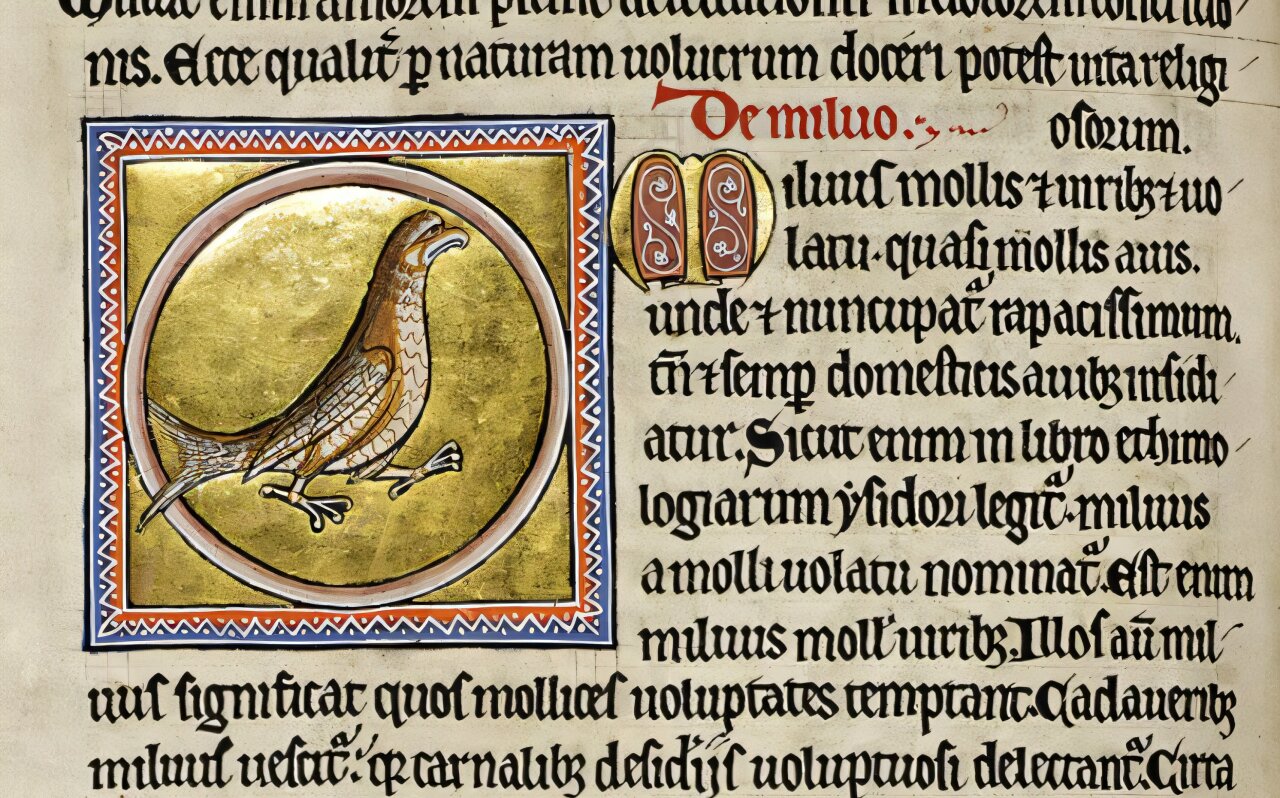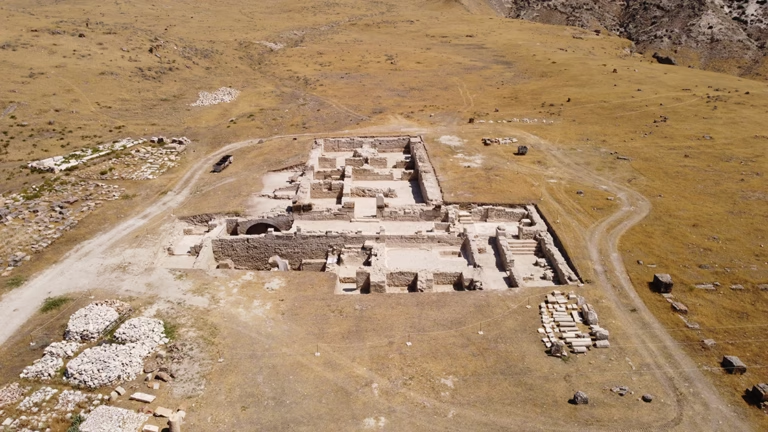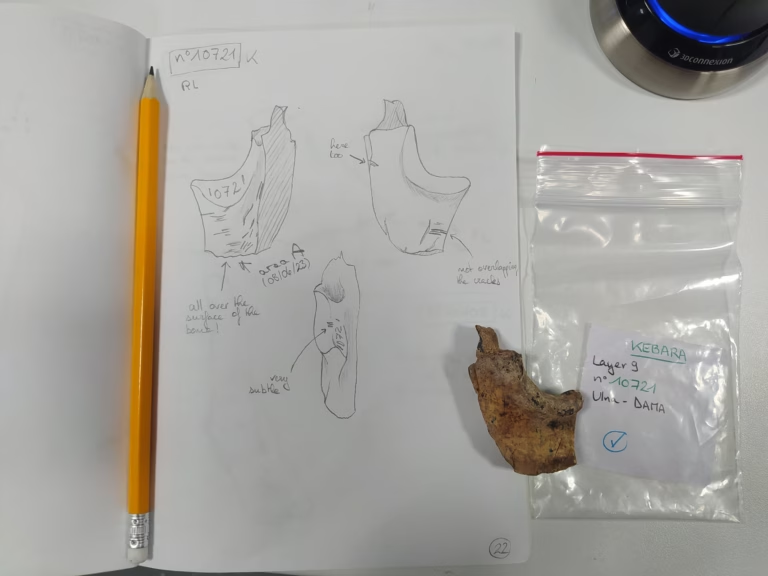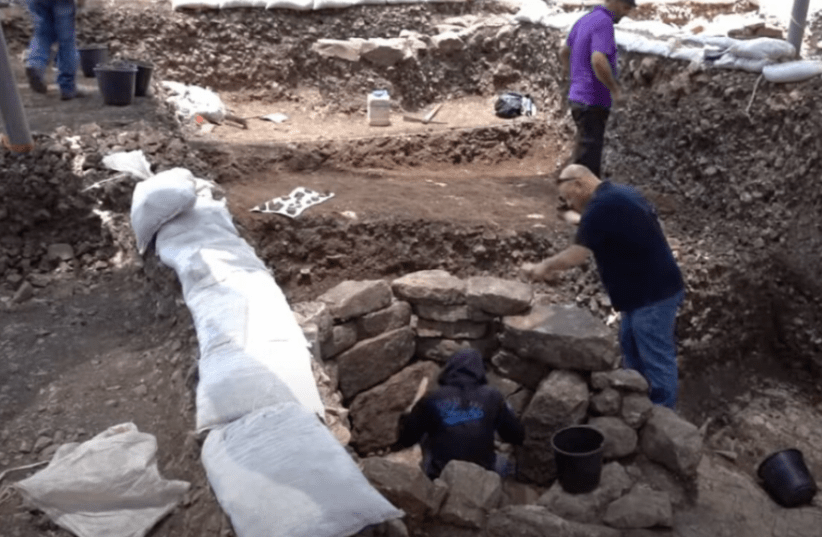Recent research has uncovered that birds of prey in Medieval Britain relied significantly more on scavenging human waste than previously recognized. This study analyzed over 30 ancient bird skeletons and highlights the dietary habits of red kites, buzzards, and eagles living near urban centers like Oxford, Winchester, and London.
Feeding Habits of Ancient Raptors
Published on January 16, 2025, in the Journal of Archaeological Science, the research examined chemical signatures in bird bones dating back up to 4,000 years. The findings reveal that these ancient raptors were not just hunting live prey. They were extensively feeding on scraps and waste generated by human settlements.
Juliette Waterman, the lead researcher from the University of Reading, stated, “Historical records indicate that medieval red kites would steal food from markets and snatch morsels from people’s hands. Some kites showed evidence of a diet consisting entirely of human-sourced food. This contrasts sharply with modern birds that primarily hunt rabbits and small mammals.”
The Impact of Urbanization on Raptors
The study involved examining bones from 11 red kites, 18 common buzzards, and three white-tailed eagles found at archaeological sites across Britain. The absence of rabbits in Britain before medieval times likely drove these birds of prey to seek alternative food sources in human communities. Waste was abundant in these areas.
Analysis revealed that medieval birds had chemical signatures in their bones similar to those of humans in the same regions. This suggests they regularly scavenged from rubbish dumps and butchery waste. This adaptability is particularly evident in urban settings. Red kites from cities like Oxford and Winchester showed strong evidence of feeding on human waste. They consumed more processed foods than their rural counterparts.
Modern Implications for Raptor Populations
Today’s red kites in urban areas, such as Reading, exhibit similar adaptable feeding habits as their medieval ancestors. They take advantage of food waste and scraps left in gardens. This research sheds light on the historical relationship between birds of prey and human settlements. It also has implications for managing growing raptor populations in modern urban environments.
By understanding the scavenging behaviors of these protected species, we can foster positive public attitudes. This will help ensure the coexistence of raptors and urban communities.
Image: A red kite depicted in the Aberdeen Bestiary, written and illuminated in England around 1200. Find out more. Credit University of Aberdeen Special Collections.
Juliette Waterman, Stuart Black, Naomi Sykes, William F. Mills, Sean Doherty, Hannah Britton, Riley Smallman, Alison Sheridan, Andrew C. Kitchener, Mark D.E. Fellowes, Tracking 4000 years of raptor diets through isotope analysis reveals urban scavenging with implications for conservation, Journal of Archaeological Science, Volume 175, 2025, 106147, ISSN 0305-4403,





